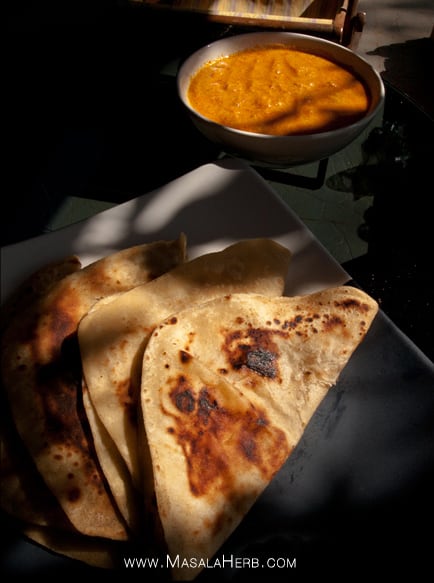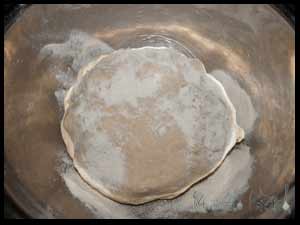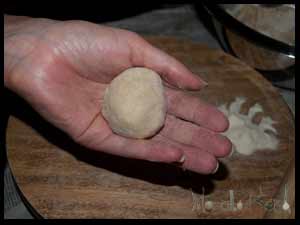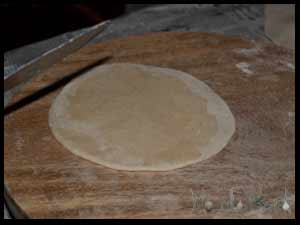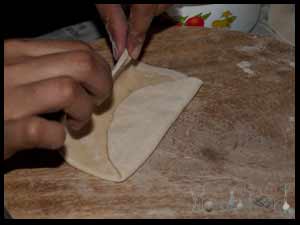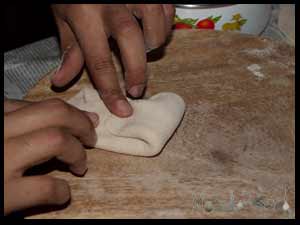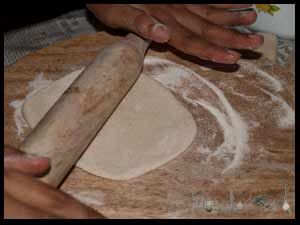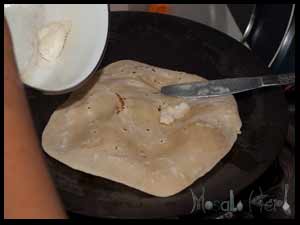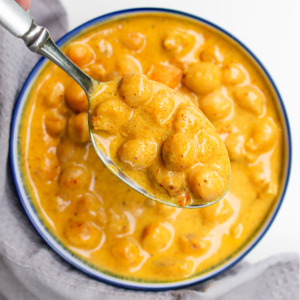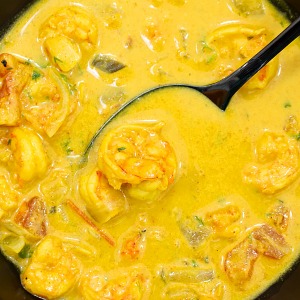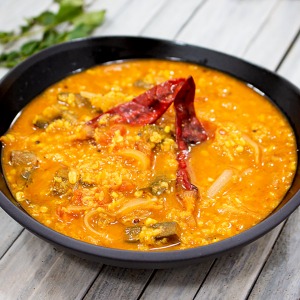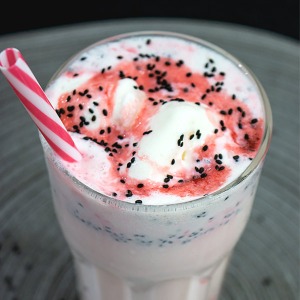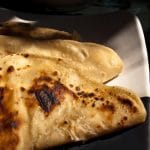
The Goan ghee chapati is a flatbread enriched with clarified butter.
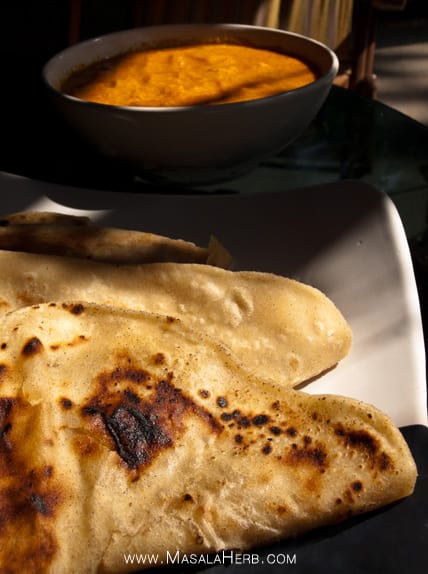

Global Food Recipes
with Spices and Herbs
Free E-Book available for a limited time. Grab yours now and get instantly inspired!
You missed out!
📕 What is the Goan Ghee Chapati?
Plain chapati, aka roti, is an Indian flatbread prepared with simple whole wheat flour, salt, and water.
In Goa, ghee (clarified butter) is added to the dough to create moist flaky buttery layers, this is called a Goan ghee chapati.
Goa is a small state in India, it's a former Portuguese colony located on the West Coast of India.
In north India, the same flatbread with ghee is called paratha.
The Goan chapati is slightly different because clarified butter ghee is folded into the dough when rolled out, just like a puff pastry dough, and they don't call it a paratha in Goa.
The north Indian variation also doesn't fold the ghee into the dough, oil or ghee is added to the dough with the water and/or placed as a topping over the finished cooked Rotis.
Just FYI, I had countless food discussions about this in the last 10 years and I talked to many people. So, these are well-researched facts.
🍴 Uses
Chapati with ghee is often enjoyed as a breakfast item in Goa. It's eaten as is or with a reduced sorak curry.
The Goan chapati with ghee tastes like French croissants and has buttery soft layers like a classic croissant because the ghee is folded into the rolled-out dough.

🧅 Ingredients
To create soft chapati flatbread dough, you will need the following 4 main ingredients.
- whole wheat flour - known as Atta in India. It's a finely ground whole wheat flour. You need to use atta for this recipe. We tried to use whole wheat flour in Europe, and it would never turn out great. So use Indian atta flour only!
- salt
- water (lukewarm to activate the stretchy gluten)
- oil
- ghee - aka clarified butter
🍱 Storing
So, that chapatis remain hot after cooking, you need to store them well.
To do that, you can use a hot pot or some kind of insulated container of the chapati size.
That way, the chapati will remain soft and warm.
Another option is to wrap the chapati into aluminum foil so that they remain soft.
Leaving the chapati out is what makes them slowly tough.
🛒 Tools
- Mini Wood Rolling Pin
- Cast Iron Griddle - flat pan
- Hot Pot/Insulated container to store the Chapatis so that they remain soft and warm
Dear Reader, do you like to prepare bread dough and why?

Global Food Recipes
with Spices and Herbs
Free E-Book available for a limited time. Grab yours now and get instantly inspired!
You missed out!
📖 Recipe
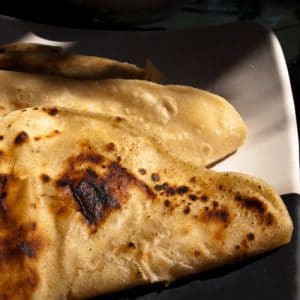
Goan Ghee Chapati Recipe
Ingredients
- 2 ¼ cup Indian Whole Wheat Flour or regular whole wheat flour
- pinch Salt
- 1 Tablespoon Oil
- ½ cup Water make sure to slowly add the water to the dough to adjust the amount of liquid needed
- Clarified Butter aka Clarified Butter
Instructions
- Start by mixing the Flour and the salt well, make a well and add the oil and water. Mix and work out the dough on a board. It should never be soft but rather harder! Let it rest covered with some flour. Best is over night or at least 30 minutes.
- Roll that ball out with little flour so that it doesn't stick and spread some ghee on the surface of the dough.
- Fold the dough top and bottom in.
- Fold it into a parcel.
- Roll the dough "Parcel" out again. The shape will be square.
- Dust it a bit so that the flour won't burn while cooking and add the raw rolled out dough to the preheated flat pan. Cook 1 side first for 10 seconds over high heat, then the other side.
- Turn around and this time spread little ghee onto the surface. Turn it again and spread on that side some ghee too. The chapati will blow up a bit but not that much as it does when cooked without ghee.
- Best enjoyed still warm.
Notes
- Some parts will get a bit dark and a cow freckles pattern will appear. That's normal, that's how it is prepared everywhere.
- In India people store the freshly cooked chapatis in a special chapati container so that it remains soft throughout the day. People usually take these to work to have with their food or in Bombay you have the Dhaba wallas caring those metal boxes with the warm chapatis and curries to the offices.
Nutrition
The Post, Chapati recipe, was first published on March 16th, 2012 and was enhanced and updated ever since.

